Oil volume in the engine: How many oil needs to be poured into the engine?
Faced with the need to replace the engine oil, car enthusiasts do not always know, the capacity of which volume should be purchased. The volume of oil in the engine for each car brand is individual. Let's talk about how the level of oil film is determined, why it is replaced and in which oil is poured under the hood of the car.
Before moving to the main question, we define the engine oil under the hood of the car. The fact is that during the operation of the entire motor system, each of its metal element is subjected to large temperature overloads: the rapid interaction of parts causes high friction force, which is destroying effectively on the entire motor. Lubrication that has a viscosity determined by the manufacturer fills all the gaps between the elements, thereby activating the protective layer between them. Thus, the friction force is reduced, the temperature inside the housing comes to normal, and the entire unit works with a maximum resource.
Replacing motor oil
Carrying out the maintenance of the car without replacing the oil fluid is not reasonable. Its update must be carried out regularly, and the frequency of such a procedure depends on many factors. For example, if you pour under the hood mineral oil, its useful actions, while complying with the calm driving style, will destroy after 5-6 thousand km of run. Do you like aggressive ride? Oil will last much less. The semi-synthetic rolls a little more than 8 thousand km, but high-quality synthetics at best will serve a car not more than 15 thousand km. Thus, the replacement interval depends on the chemical basis, the driving style, operating conditions and the "age" of the car.
How is fluid change?
If you encountered this task for the first time, then you have several tips:
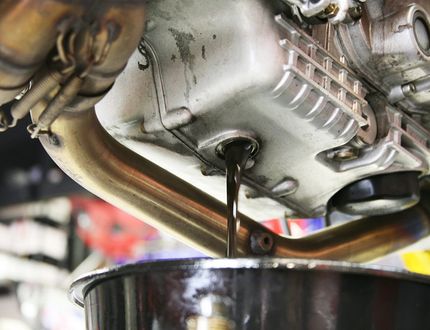
- Install the machine on a flat surface. The perfect option is a garage pit or an overpass.
- Before draining the liquid, drive the car in the city or the track for 30-40 minutes so that the operating temperature is installed inside the motor system.
- With each replacement of oil lubrication, change the oil filter.
- Removing the old oil is performed by unscrewing the oil refinery at the top of the engine and pulling out the drain plug under the machine. Carter protection before replacement must be removed.
- Use the devices for "express replacement" too often not recommended: they are extruded far from all the amount of lubricant, leaving part of the working fluid at the bottom of the unit. As a result, mixing outdated and new liquids, which leads to a decrease in the engine resource.
How to check the oil level
Measure the oil in any engine is needed by a special oil dipstick, which is located in the sealing hole allotted for it on the cylinder block. From the outside, it has a plastic handle designed to ease tool extraction. On the other hand, on the other side of the Carter oil bath, the labels are reflected to measure the fluid level.
Measuring the level of fluid occurs according to the following scheme:
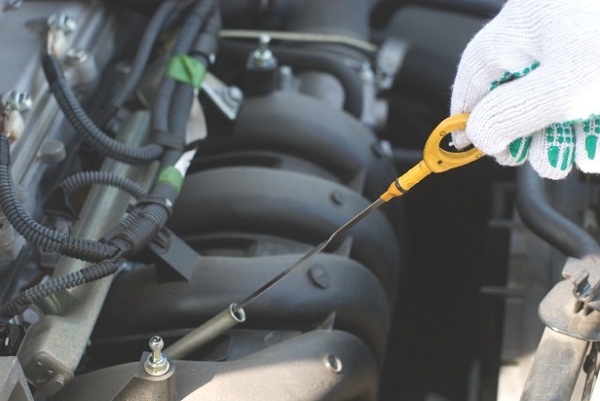
Motor oil level check
- install the car on a flat surface. This is important, because When it is tilted, the fluid level can be distorted.
- remove the oil dipstick and wipe it with a clean cloth. The rag should not have contaminants, woolen threads and other "small things", which can later get into the engine with the dipstick.
- we lower the dipstick to the hole until you stop, we are waiting for 3-5 seconds and pull out on the surface.
- we estimate the result.
What level of engine oil should be in the engine? Regardless of the brand of the machine, the optimal level is considered to be its position in the middle, between the MIN and MAX probe marks.
Important! Production of the thickness of the oil layer should be on a cold or slightly cooled motor. If you chase around the city all day, stopped and immediately decided to measure the level of fuel, the result will be far from reality. The fact is that in the hot system, the oil is distributed across the working units, and not concentrated at the bottom of the crankcase. Thus, the measurement will give incorrect information about its quantity. Give a car to relax 15-20 minutes, and then after that arrest the dipstick.
By the way, after removing the probe, you can also assess the condition of the oil itself. If there are third-party impurities, or its viscosity does not match the required, it means it's time to think about the maintenance of the motor.
Check the condition and oil level during daily operation is recommended no less than once a week. Such a measure will allow you to prevent possible problems in the operation of the system and troubleshoot.
What is dangerous minimum oil level in the engine?
Measuring with the help of probe volume of the oiled oil, you may find that its number does not reach the "min". What is it dangerous? The fact is that the low level of lubricating fluid can not provide the necessary protection all the elements of the motor structure. In other words, the thickness of the oil film will be much smaller required, and may not be able to form at all, thereby increasing the "dry" friction of mechanisms. Fast wear of work units, an increase in temperature inside the unit of the unit and the crankshaft enclosure is the main effects of an insufficient oil level.
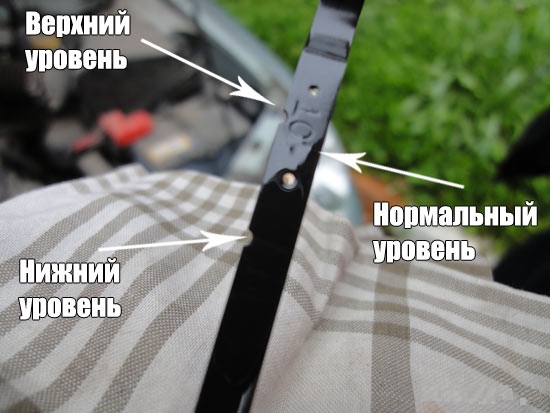
A sharp decrease in fluid due to the emerging motor problems helps to diagnose the oil pressure light on the dashboard of any car. However, its activation occurs only if the leakage is large. If there are not enough 200-300 ml of lubrication in the case, you can learn about it only with the help of probe.
Low oil level symptoms:
- the emergence of extraneous noise in the car,
- clearly distinguishable knock in hydrocompressors,
- excessive increase in the temperature of the oil fluid and the constant operation of cooling radiators.
If the cause of a low refueling volume lies in the elemental non-oil fluid, then it is easy to solve it, in such a way that the oil level on the probe was between the MIN and MAX marks. However, if you notice a regular lack of fuel and lubricant material, it means that there is a hidden problem. It can be diagnosed on its own either resorting to the help of auto repair shop.
Why the engine "eats" oil: the main causes
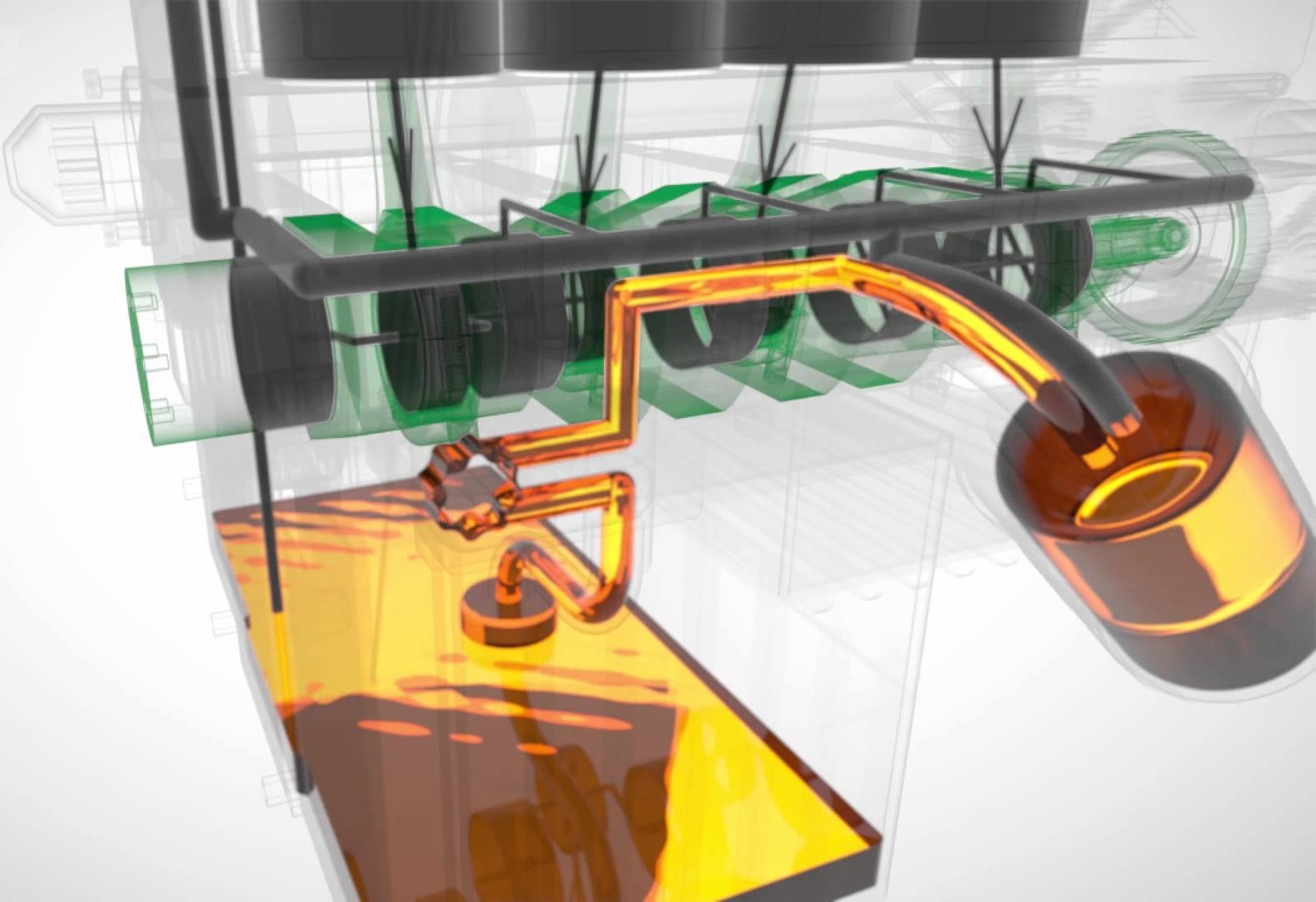
Engine engine oil
On excessive oil consumption can not be covered with eyes. Yes, you can constantly make it topping, trying to delay the diagnosis, but such a measure will not solve the problem. Moreover, it can "transform" into expensive repair. How to understand what is the reason for such a leak?
First of all, you should pay attention to the color of exhaust gases. If they have barely noticeable "blue", then the matter here is in the oil-chain rings. Replace them with new ones, and the need for oil plot will disappear.
If everything is fine with rings, check the state of seals and gaskets. Their improper installation or elementary wear can cause leakage, detect which can be detected under the valve cover or in the crankcase compound and the cylinder block.
The volume of oil in the engine can constantly decline and due to damage to the seelns of the crankshaft or distribution shafts. In this case, symptoms are additionally supplemented with oil traces on asphalt or garage semi after long lasting car downtime.
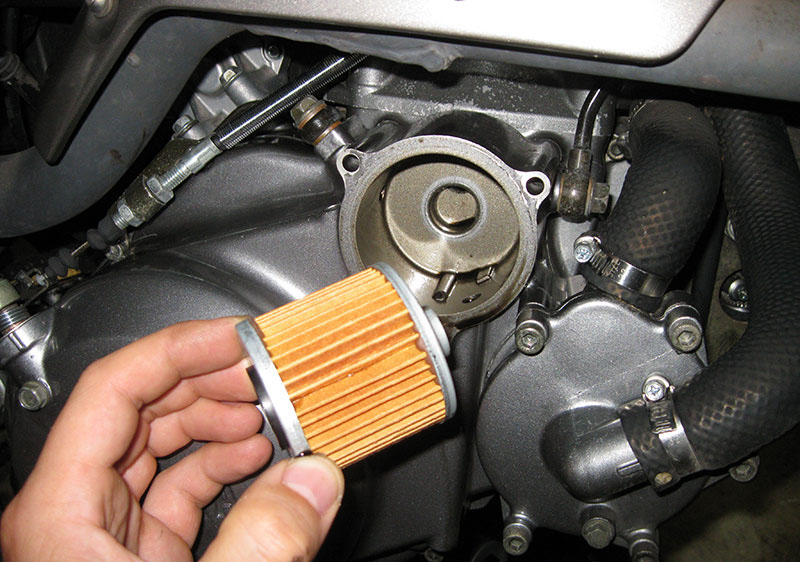
The noticeable disappearance of the fuel and lubricants may also be associated with its viscosity inconsistency by the installed vehicle manufacturer. If the condition of the car does not cause doubts, the glands and gaskets in working condition, and the oil consumption continues to increase, it means that the problem lies in its viscosity index. Take a look at the car manual or contact the official representative of your automotive brand and specify, the liquid of which marking must be poured under the hood.
In addition to listed reasons, a regular decrease in the volume of fluid takes place at the following faults:
- tightness of the oil level sensor
- oil filter is not installed correctly,
- a drain plug is inserted not to the end or damaged,
- the ventilation level of the system is insufficient for the complete output of exhaust gases from the crankcase (an excessive amount of gas increases pressure in the motor system, displacing lubricant).
At first glance, it seems that problems are not so critical, but the long-term operation of the car with such faults can negatively affect its resource. Therefore, it's easier to carry out the car diagnostics and the appropriate repair if necessary than to save the funds for expensive recovery of the iron friend.
On a note! Problems with excessive oil consumption may not be at all problems, but a permissible norm. This situation takes place in cars equipped with turbocharged. The lubrication level in the turbocharged motor is recommended to be checked with frequency of 5-7 days.
Too high oil level: is it good or bad?
Let's talk about the situation when the level of fluid on the dipstick is above the Max mark. And the reason for this can be deliberately overfid by the fuel and lubricants, the inattention of the motorist, insufficient heating of the car before the oil change, etc. But first things first.
Many drivers believe that the larger the oil in the engine engine, the greater power it gives out. This opinion is mistaken. If the lubricant is too much, the engine is simply "choke." By the way, the intentional overflow of oil takes place in situations when the design has leaks and the driver is simply trying to immediately compensate for future losses.
Failure to comply with the required amount of oil can be caused by inattention or ignorance of the principle of its bay. Even after the last drop (as it seems to), run out of the crankcase, it will remain 200-300 ml of oil protection (it can be completely removed only when the engine is parsing). Therefore, pour into the Motor GSM (knowing in the theory, what volume of oil for this brand is necessary), focusing only on the tags of the canister, is not recommended.
The insufficiently warm engine can play with you a cruel joke and "do not give up" all the fluid during its drain. The operating temperature inside the unit allows you to improve the circulation of the mixture and facilitate its replacement.
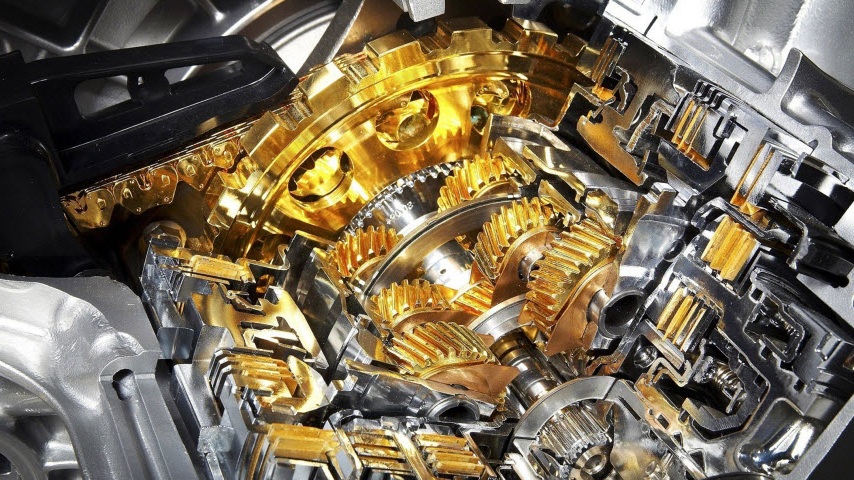
Motor oil
Diagnose overflow allows probe or excessive fuel consumption. The last reason can be caused by the fact that a too thick layer of the working film will resist moving engine parts. Difficult scrolling of the crankshaft will cause a decrease in torque and, as a result, the power drop in the car. To achieve rapid acceleration, the driver will put it stronger on the gas pedal, but nothing but an increased fuel consumption, he will not achieve.
Among the effects of fluid overflow, I want to stop at the most frequent. These include:
- masted motor launch. As mentioned above, due to a large amount of lubrication, the engine will "chop up".
- violation of the work of hydrocompressors.
- increase pressure inside the motor system.
- excessive load on the oil pump that is dangerous by its rapid wear.
- the appearance of abundant sediments and soot in the working area and further oil pollution.
- an increase in the concentration of harmful impurities in exhaust gases.
- pulling the spark plugs.
How to reduce the amount of oil in the engine?
Reduced fluid level can be achieved in the following ways:
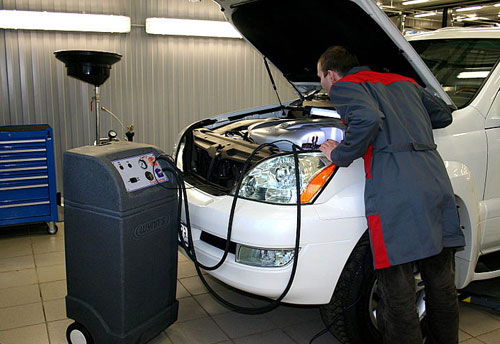
- Throw fuel through a drain plug. It is important to be careful. When you twist from a hot engine, you can get serious burns. This method requires special care also because you can miss the moment and merge a much larger volume. Procedure is performed on a hole or overpass.
- "Sweep" oil through the hole of the probe. This is done using autonomous pumping equipment intended for "express replacement", or using a syringe and a long rubber tube.
- Apply for help in the service center. Experts know how much to upload oils into the engine is necessary, so they will install its optimal level for your car.
How many oil needs to be poured into the motor?
There is no unambiguous answer to this question. The fact is that, by virtue of constructive differences, all cars need different amounts of lubricating fluid. Yes, in the instruction manual, manufacturers indicate how much butter should be poured into the engine. But this information is relevant only for the very first fill, which is performed after the car's output from the conveyor.
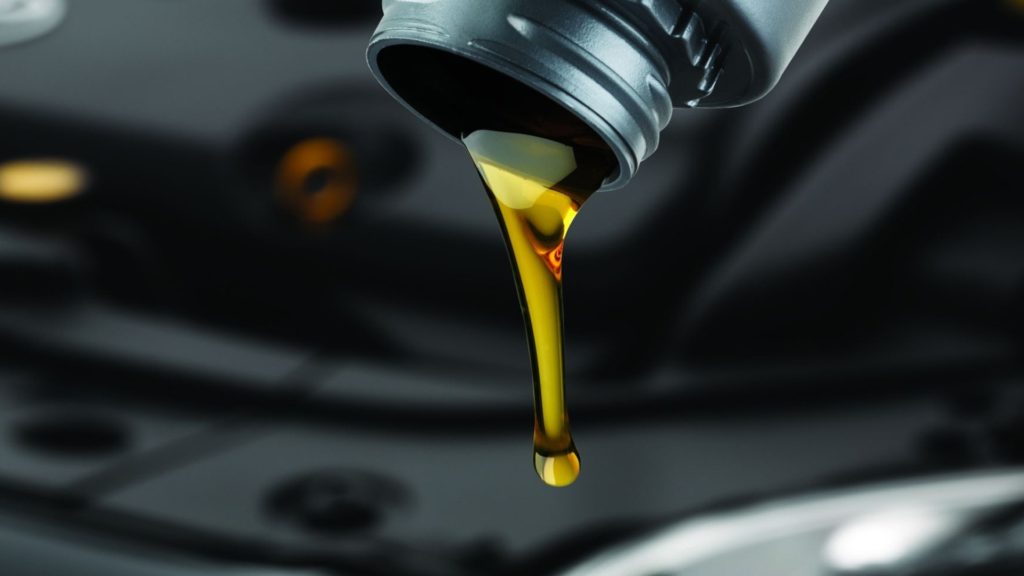
Motor oil
During the operation of the motor, most of the oil is distributed on the surfaces of parts, therefore, even after complete drain, the system remains unchanged part of the fluid. You can remove it only if you venture to disassemble the motor on the part. Do this with each oil replacement is not possible. And reasonable.
So what to do, how to determine how much oil needs to be poured into the engine? During the fill of the new fuel-lubricant material, it is necessary to rely on the tags of the canister and the parameters of the manufacturer, but on the testimony of oil probe. Also, you can not guide "on the eye", even if you "feel great, how much oil needs the engine of your car." Failure to comply with the required volume of fluid may further cause a serious problem with the engine.
Unfortunately, the dipstick cannot say how much fluid needs to be purchased in the store to produce one maintenance. It only informs you about sufficient or insufficient quantities.
In order to approximately estimate, the capacity of which volume you will need, you need to know the volume of the power unit of your car. The table below indicates an approximate number of protective film necessary to achieve its optimal level.
| Volume of the power unit, l | The amount of oil required, l |
|---|---|
| 1,6 | 3,3-4,0 |
| 1,8 | 3,7-4,2 |
| 1,9 | 3,9-4,3 |
| 2,0 | 3,9-4,5 |
| 2,2 | 4,0-5,6 |
| 2,5 | 4,0-5,7 |
| 3,0 | 4,7-7,7 |
| 4,0 | 7,0-9,5 |
| 4,4 | 7,4-9,7 |
| 5,5 | 7,5-10,0 |
And finally
The oil level necessary for the productive operation of the motor system is always between the divisions of the maximum and the minimum of oil probe. It is such a position that the engine resource will be guaranteed, protect the parts from rapid wear and give the car the optimal fuel consumption. If you have noticed that the volume of lubrication is constantly reduced and the regularity of the teller comes out for the permissible framework, it means that it is time to check the condition of the car.
Also avoid exceeding the MAX mark. You do not want to be without wheels? Thus, in the question of the volume of oil fluid, it is necessary to adhere to the rule "Golden Mid".














